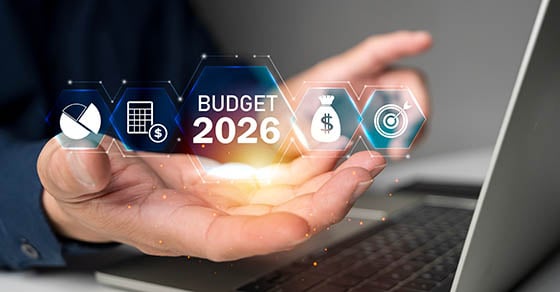

If you’re launching a new business venture, you’re probably wondering which form of business is most suitable. Here is a summary of the major advantages and disadvantages of doing business as a C corporation.
A C corporation allows the business to be treated and taxed as a separate entity from you as the principal owner. A properly structured corporation can protect you from the debts of the business yet enable you to control both day-to-day operations and corporate acts such as redemptions, acquisitions and even liquidations. In addition, the corporate tax rate is currently 21%, which is lower than the highest noncorporate tax rate.
Following formalities
In order to ensure that a corporation is treated as a separate entity, it’s important to observe various formalities required by your state. These include:
Complying with these requirements and maintaining an adequate capital structure will ensure that you don’t inadvertently risk personal liability for the debts of the business.
Potential disadvantages
Since the corporation is taxed as a separate entity, all items of income, credit, loss and deduction are computed at the entity level in arriving at corporate taxable income or loss. One potential disadvantage to a C corporation for a new business is that losses are trapped at the entity level and thus generally cannot be deducted by the owners. However, if you expect to generate profits in year one, this might not be a problem.
Another potential drawback to a C corporation is that its earnings can be subject to double tax — once at the corporate level and again when distributed to you. However, since most of the corporate earnings will be attributable to your efforts as an employee, the risk of double taxation is minimal since the corporation can deduct all reasonable salary that it pays to you.
Providing benefits, raising capital
A C corporation can also be used to provide fringe benefits and fund qualified pension plans on a tax-favored basis. Subject to certain limits, the corporation can deduct the cost of a variety of benefits such as health insurance and group life insurance without adverse tax consequences to you. Similarly, contributions to qualified pension plans are usually deductible but aren’t currently taxable to you.
A C corporation also gives you considerable flexibility in raising capital from outside investors. A C corporation can have multiple classes of stock — each with different rights and preferences that can be tailored to fit your needs and those of potential investors. Also, if you decide to raise capital through debt, interest paid by the corporation is deductible.
Although the C corporation form of business might seem appropriate for you at this time, you may in the future be able to change from a C corporation to an S corporation, if S status is more appropriate at that time. This change will ordinarily be tax-free, except that built-in gain on the corporate assets may be subject to tax if the assets are disposed of by the corporation within 10 years of the change.
The optimum choice
This is only a brief overview. Contact us if you have questions or would like to explore the best choice of entity for your business.

